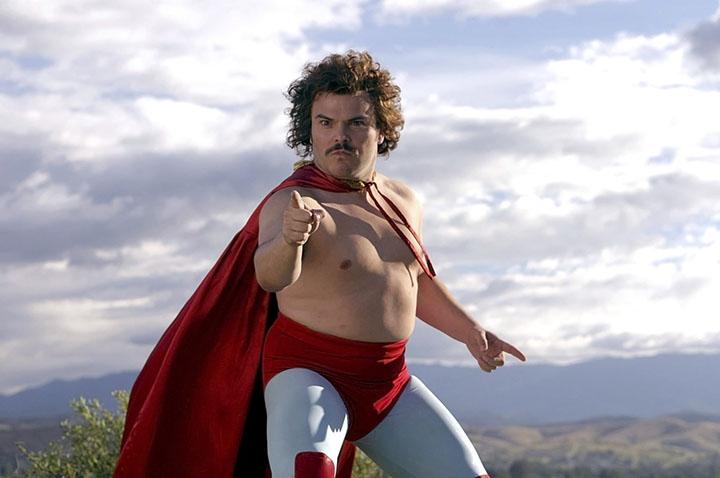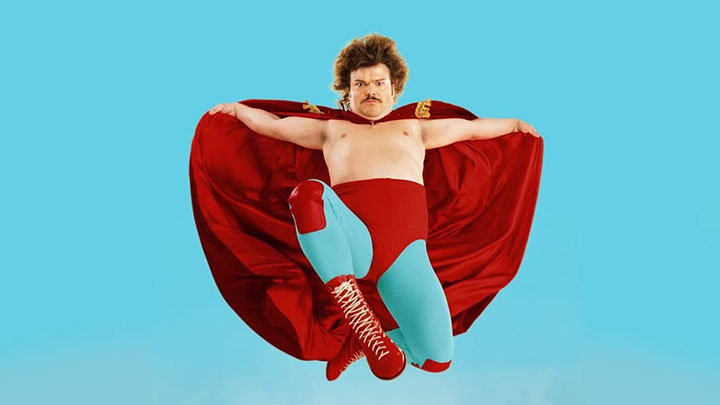Jose Romero
editor-in-chief
2006’s “Nacho Libre” stars Jack Black, a white man, playing a Mexican luchador. In most cases, this would be seen as racist. But ask any Hispanic, and they will tell you they love this movie.
There’s a major difference between a portrayal of a Hispanic in “Nacho Libre” then there is “The Ridiculous 6.” The two are being compared since they both have a Mexican character played by a white guy.
In “The Ridiculous 6”, Rob Schneider plays Ramon Lopez, an offensive Mexican caricature with an exaggerated accent and brownface. In “Nacho Libre,” Jack Black plays Igancio, a monk that becomes a wrestler to ensure the best life for the children at the orphanage he works at. It’s worth noting that this is loosely based on a true story. It was inspired by Fray Tormenta, a priest turned wrestler.
The difference between both of those portrayals is that Black isn’t making being Mexican into a punchline, unlike Schneider. He’s a bowl of charisma and he tends to put others before him. An argument against Black’s portrayal can be the fake accent he puts on, but even that isn’t entirely offensive. His accent is similar to my dad’s. Also, Black’s pronunciation of Spanish words is surprisingly good. He took the time to ensure his elocution was as accurate as it could be. Made me think Black was Mexican for the longest time.
“Nacho Libre” doesn’t use its runtime to make fun of Mexican culture. Instead, it frames Mexico as a pastel wilderness oozing with culture, which it is. Unironically, “Nacho Libre” is one of the most accurate representations of Mexico I can think of in American media.
Other than Ignacio, the rest of the supporting cast are played by Hispanic actors.
Ignacio and his sidekick Esqueleto, played by Héctor Jiménez, have great chemistry even though the pair are from two different worlds and ideologies. Esqueleto is a homeless atheist tag-teaming with a devout Catholic. The juxtaposition between the two adds to their relationship.
Once they finally get to wrestle, they go on quite the losing streak. But, they get paid for losing. Ignacio uses his paychecks to buy the orphans higher quality food, and if he has any money left, he might buy himself a shiny new pair of boots or stretchy pants.

Nacho, played by Jack Black, dons his luchador outfit, preparing for a large tournament. The film is loosely inspired by priest-turned-luchador Fray Tormenta.
Each location change offers a new, visually stunning look at the towns in Mexico. Even the interiors of buildings are filled with proper Mexican decors like ceramic vases and hand-painted trinkets. The accuracy is because the movie was shot in Oaxaca, Mexico. Even the wrestlers they go up against are real professionals.
It’s difficult to dislike this film. The soundtrack offers an outstanding list of songs that are difficult to not sing along to. “Religious Man” and “Bubblegum” alone make the soundtrack worth checking out.
“Nacho Libre” really should be seen as offensive, but it isn’t. Its polite portrayal of Mexican culture and its people make for a heartwarming story. A story that still resonates with me 15 years later.

